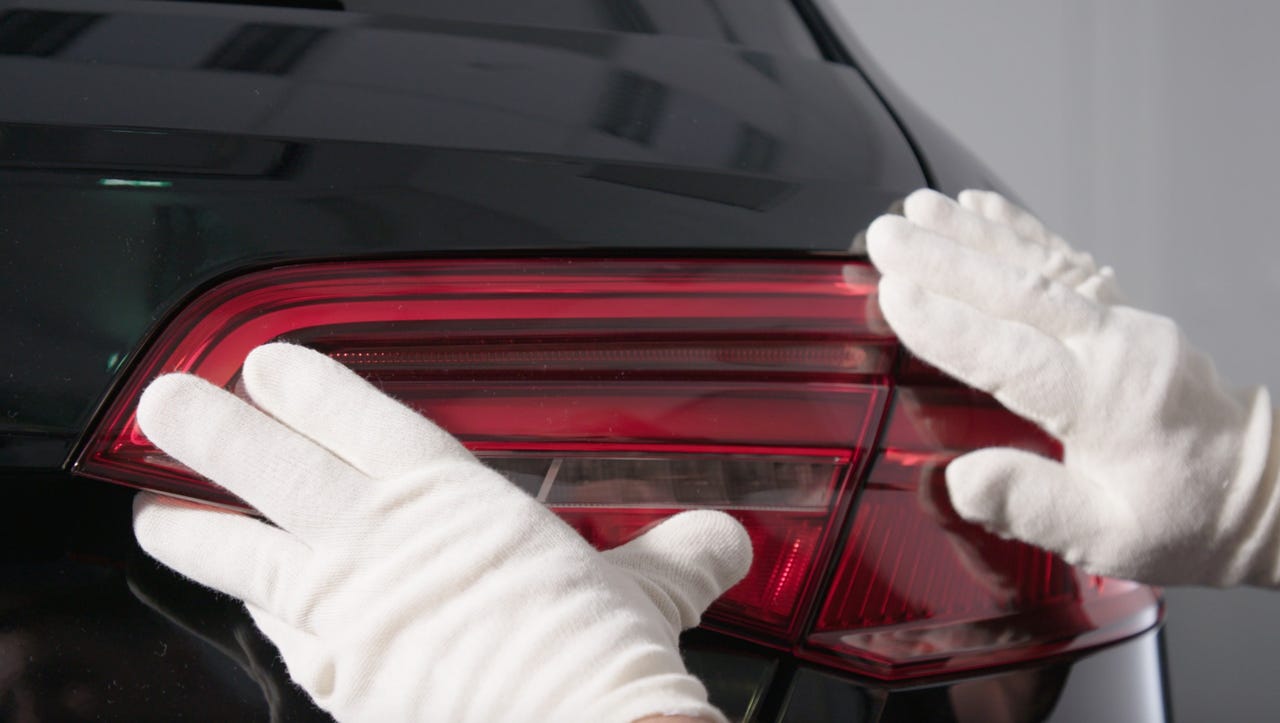Audi signs up Stratasys to slash prototype times with color 3D printing


Audi has adopted Stratasys 3D printing methods in a plot to drastically reduce the time required for prototyping.
Featured
On Thursday, the German automaker said that the new Stratasys J750, a commercial 3D printer, will be utilized in the manufacture of tail light covers in automobiles.
The Stratasys J750's lure lies within the 3D printing system's color capabilities. 3D printing is fast becoming a commonplace technique in manufacturing to reduce prototyping times and to improve testing and efficiency, but color mapping is an area in which 3D printers are yet to fully conquer.
However, Stratasys says that the new 3D printer is able not only to color and texture map but also create gradients -- of which, can be used in modern vehicle designs and elements that must allow light to pass through. The printer is also able to work with different materials, such as various plastics.
Audi says that this technology will be put to work in the firm's Pre-Series Center in Ingolstadt, Germany. The automaker will use the printer to accelerate the design process and prototyping required for tail light covers, and potentially far more.
Physical models and prototypes are built in the center to evaluate new vehicle designs before they enter the manufacturing cycle. This requires early-stage physical parts of the car to be ready, whether it be radiators, wheel rims, or light covers.
Molding and milling are typically used to create prototype designs, but Audi hopes that full-color 3D printing could reduce the number of stages and time prototyping requires. For example, multi-colored tail light covers require each individual colored layer to be assembled, a process which is time-consuming and labor-intensive.
However, the Stratasys J750 gives Audi 500,000 color combinations or the option of printing fully transparent covers in one go -- eradicating the need for multi-layered construction.
TechRepublic: How to determine the right amount of AI for your users
"The use of plastics 3D printing has become an integral part of the automotive design process at the Audi Pre-Series Center, enabling the team to overcome limitations of conventional processes and accelerate design verification," Audi says.
Audi says that for tail light covers alone, the use of 3D printing is expected to slash prototyping lead times by up to 50 percent.
"Design is one of the most important buying decisions for Audi customers, therefore it's crucial we adhere to supreme quality standards during the design and concept phase of vehicle development," said Tim Spiering, Head of the Audi Plastics 3D Printing center. "As a result, we need prototypes to have exact part geometries, no distortion, and extremely high quality, as well as true-to-part color and transparency. The Stratasys J750 3D Printer will offer us a significant advantage, as it allows us to print the exact textures and colors our design defines. This is essential for getting design concepts approved for production."
See also: Here's how 3D printing makes the robots that make everything else
Tail lights might seem like a small component and the use of 3D printing to create them far from an important part of the design process, but if you consider the application of 3D printing for additional components, it could accelerate prototyping and could significantly reduce overall time to market.
In today's fast-moving automotive industry, any advantage companies can gain over competitors when it comes to development and time to market can give them the edge.
3D printing has a vast amount of potential not only for automakers but other manufacturing industries, and should our 3D printers keep developing at the rate we are currently seeing, we are likely to create far more 3D printing applications in manufacturing in the future.
CNET: Audi Q8 brings sportier styling to the luxury SUV class